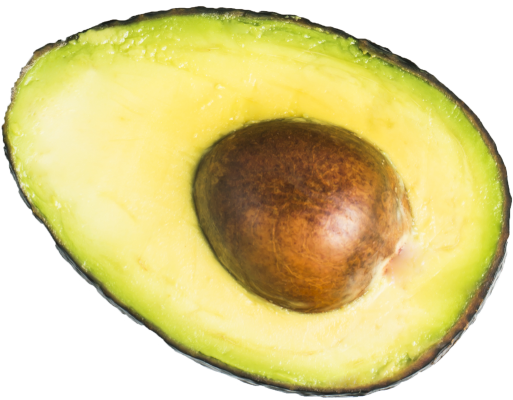Studies Suggest Benefits of the Keto Diet
April 18, 2018
The ketogenic (keto) diet involves the intake of very little carbs and a high intake of fat instead. Entering a state of ketosis is the goal of the keto diet. Ketosis occurs after a few days of reduced carbohydrate consumption. Once reserves of glucose (the essential molecule of carbohydrates that stores energy) become depleted, the body can no longer use glucose as its major source of energy. To satisfy the body’s need for energy, the liver takes in fat molecules and converts these molecules into ketones. These molecules satisfy the body’s energy need and replace the role of glucose.
The keto diet helped Patrick Hannaford, of Fordham College at Lincoln Center (FCLC) ’21, stay alert and satiated. Hannaford consumed around 30 grams of carbohydrates to maintain ketosis. Even though Hannaford’s body was no longer running on carbohydrates, he continued to feel full after meals. Of course, Hannaford had cravings while on the keto diet, but he explained, “There’s a difference between needing to eat and wanting a muffin.” Thus, eating keto allowed Hannaford to eat more and continue to lose weight.
Ketosis can have many positive outcomes on your body and overall health. According to The European Journal of Clinical Nutrition, the keto diet has shown promising effects on weight loss, cardiovascular disease, type two diabetes and epilepsy. In terms of weight loss, the low carbohydrate diets have proved to be more effective than low fat diets. One theory behind this trend postulates that the higher intake of protein reduces hunger. Additionally, researchers find that more fat cells are burned than made during ketosis, and researchers also note that the fat to ketone pathway consumes excess calories.
The keto diet raised concerns among members of the medical community for its emphasis on a high fat intake, for high fat diets used to be associated with a higher risk for heart disease. Nevertheless, strong evidence points towards the keto diet’s ability to lower cholesterol and increase beneficial high-density lipoprotein. On top of reducing the risk of cardiovascular disease, the keto diet can reduce insulin resistance in individuals with type two diabetes, as well as reduce the frequency of seizures in individuals with epilepsy. Significant evidence points towards the numerous benefits of the keto diet.
There are several ways to undertake the keto diet. The standard keto diet involves proportions of 75 percent fat, 20 percent protein and five percent carbohydrates. Other forms of the keto diet put more emphasis on protein. For instance, a high-protein keto diet would include 60 percent of fat and 35 percent of protein. Individuals who are interested in feeling more satiated or intend on exercising on the keto diet would be more successful eating a higher proportion of protein. In terms of quantity, one must consume under 50 grams of carbohydrates to achieve ketosis. Like most diets, the keto diet is intended to be short term.
Since one must restrict his or her carbohydrate intake drastically, the keto diet involves cutting out a large amount of commonly consumed food. Above all else, one should avoid foods with a high content of added sugar. These food items include candy, ice cream and cake and also many drinks like soda, fruit juice and smoothies. The next food group to exclude would be grains and starches: pasta, rice, bread, cereal, etc. Most other diets usually increase the intake of fruit, legumes and root vegetables, but the keto diet excludes these food groups. However, one can consume small portions of berries on the keto diet. Other food items that are cut include alcohol, low-fat diet foods, sugar-free diet foods, some condiments and unhealthy, processed fat.
After cutting these foods, the keto diet emphasizes increasing consumption of meat and food products high in fat. For example, one would consume more red meat like steak, ham and sausage with each meal. Food products that are high in fat would include unprocessed cheese and butter. Eggs also provide nutrients like omega three fatty acids and ample amounts of fat and protein. The keto diet also emphasizes a lot of plant-derived fats: these include avocados, nuts, seeds and olive oil. Some low-carbohydrate vegetables like leafy greens, tomatoes and peppers are also included in the keto diet.
The keto diet provides one’s body with an interesting challenge. One is intaking the same amount of food, but the body has to work differently to get energy from the food. Though refusing carbohydrates may seem like a daunting task, the keto diet seems to have various health benefits.














